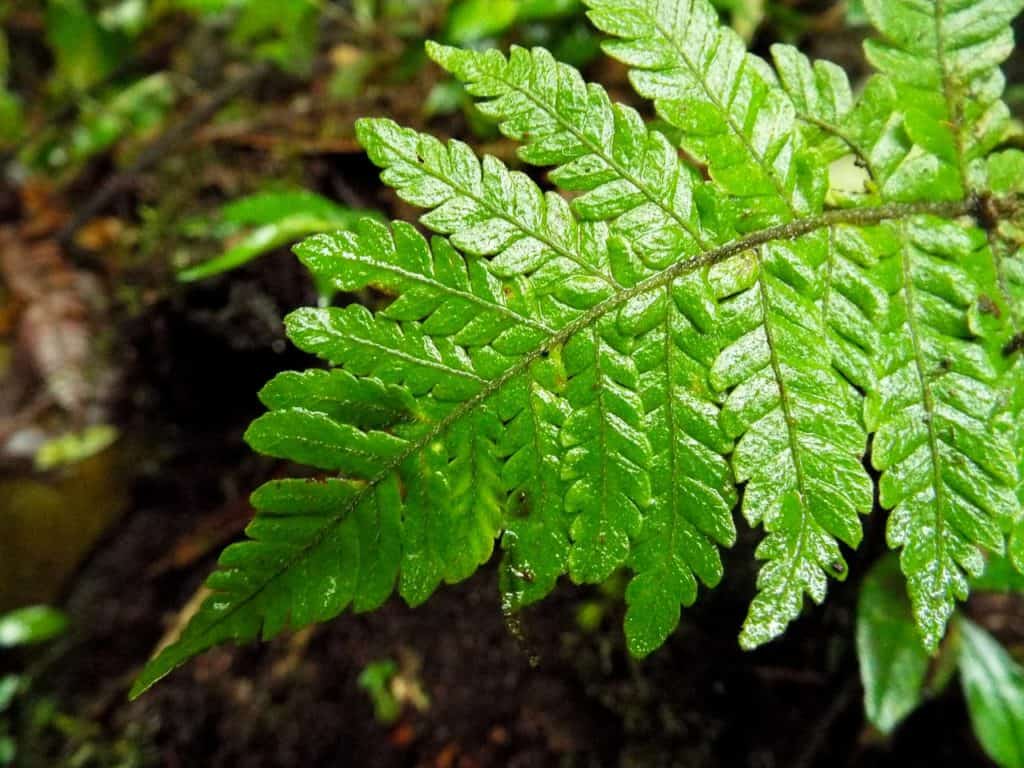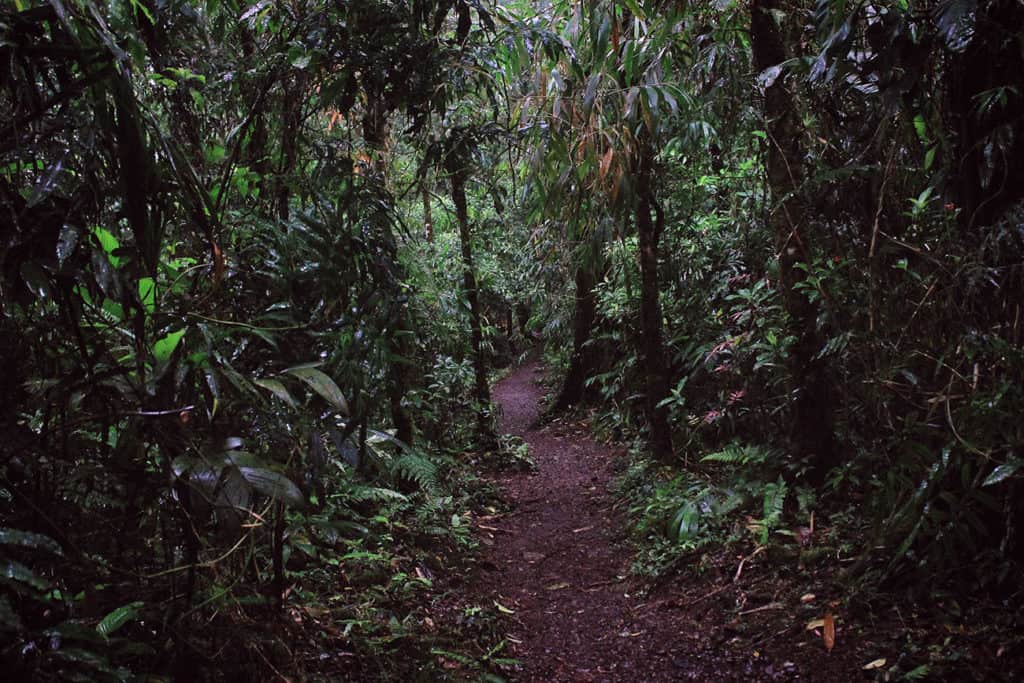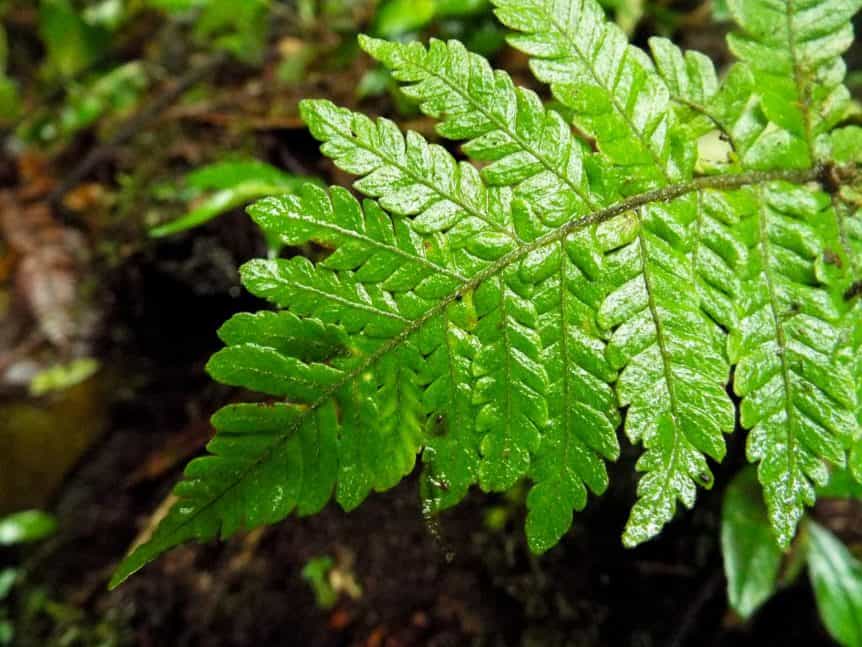
Imagine swapping San José’s buzz for a rainforest so lush it feels like stepping into a nature documentary. That’s Braulio Carrillo National Park—a sprawling 47,586-hectare gem in central Costa Rica, packed with jaguars prowling under towering trees, toucans flashing through the canopy, and trails that’ll test your boots and reward your soul.
It’s not as famous as Corcovado or Manuel Antonio, but what it lacks in hype, it makes up for in raw wilderness and easy access. Just a quick drive from the capital, this park’s a playground for hikers, bird nerds, and anyone craving a taste of Costa Rica’s biodiversity. Here’s everything you need to know to explore this underrated treasure.
The Lowdown: What Makes Braulio Carrillo Tick
Born in 1978, Braulio Carrillo National Park owes its existence to a highway—yep, the Guápiles Highway (Route 32), built to link San José to the Caribbean coast. Named after Costa Rica’s third president, Braulio Carrillo Colina, who kickstarted the coffee boom and dreamed of connecting the Central Valley to the coast, the park was a compromise with eco-warriors worried about the road’s impact.
Today, it’s a biodiversity hotspot, stretching from the misty 2,906-meter peak of Barva Volcano down to the steamy 36-meter lowlands of La Selva in Sarapiquí. That’s the wildest elevation drop of any Costa Rican Park, cradling five life zones—think cloud forests, rainforests, and wetlands. Temps swing from a chilly 15°C up high to a balmy 30°C down low, with rain dumping 400–800 cm yearly. March and April might tease you with sunshine but pack a poncho—this place stays soggy.
Wildlife That’ll Wow You

If nature’s your jam, Braulio Carrillo delivers. Over 600 tree species tower here, from the heart-of-palm-rich palmito to the giant “poor man’s umbrella” leaves you’ll dodge on trails. Mammals? You’ve got howler and capuchin monkeys chattering overhead, elusive jaguars and pumas stalking the shadows, plus tapirs, ocelots, deer, and the park’s unofficial mascot, the paca (not a tree, despite the odd “tepezcuintle” mix-up).
Birdwatchers lose it over the 530+ species—quetzals shimmer at higher elevations, toucans and parrots squawk everywhere, and rare solitary eagles and umbrella birds add bragging rights. Don’t sleep on the reptiles either—bushmaster snakes and eyelash vipers slither alongside red-eyed frogs and dart frogs in the undergrowth. Butterflies? Hundreds of them, flitting like confetti. It’s a living, breathing zoo, minus the cages.
Getting There: Your Gateway to the Jungle
Location’s a big win here. The main entrance sits 19 km northeast of San José on the Guápiles Highway—look for the Zurquí ranger station just past the tunnel (slow down, it sneaks up on you). It’s got maps and an info center to kick things off. Another 22.5 km down the road, Puesto Carrillo’s your next stop, with a tollbooth splitting traffic from Limón.
For the adventurous, Puesto El Ceibo and Magsasay hide on the park’s western edge near La Virgen, reachable by rugged trails. The Barva Volcano sector’s a gem too—drive from San José via Heredia to Sacramento, then 3 km to Puesto Barva. No car? Buses to Guápiles or Limón drop you at Zurquí or Carrillo—just flag one down for the return (good luck!). It’s close enough for a day trip, wild enough to feel worlds away.
Trails: Hike Your Way Through Paradise
Hiking in Braulio Carrillo isn’t for the faint-hearted—the terrain’s rugged, the inclines steep, and the weather’s a wildcard. But the payoff? Unreal. Trails range from chill strolls to multi-day treks. From Puesto Carrillo, Los Botarramas (1.6 km) is a quick jaunt, while La Botella (2.8 km) dishes up waterfalls and Patria Canyon views—veer left at the “Sendero” sign for a 30-minute detour to the Río Sanguijuela.
South of Carrillo, park at the Río Patria lookout for a campable trail (no facilities) or hit the Río Sucio bridge for picnic tables and a short loop. Near Zurquí, a 1-km path climbs steeply to a vista, then eases up. Hardcore hikers can tackle the Sendero Histórico along the Río Hondura—check with rangers, it’s a beast. Barva’s crater lake trail is a must, too—stunning, but muddy. Wear sturdy boots, pack water, and stick to marked paths—safety’s no joke here.
Things to Do: Adventure Awaits
Beyond hiking, Braulio Carrillo’s got two crowd-pleasers. The Aerial Tram, run by Rainforest Adventures next to the park, floats you 2.6 km through the canopy in open gondolas—think treetop views of orchids, bromeliads, and maybe a sloth if you’re lucky. It’s an hour-and-20-minute ride at a chill 2 km/h, perfect for soaking it all in.
Then there’s the Canopy Zipline Tour, also Rainforest Adventures’ gig—10 lines, including the 3,000-foot “Adrena Line,” zip you 459 feet above the Molinete River. It’s a 6-hour round-trip from San José with hotel pickups, blending adrenaline and education on the park’s ecosystems. Both cost extra (tram ~$60, zipline ~$59), but they’re worth it for a bird’s-eye take on this wild wonderland.
Why Braulio Carrillo Rocks
This park’s a sleeper hit—less crowded than Poás or Manuel Antonio, yet just as rich. Its 90% primary forest is a rare slice of untouched Costa Rica, protecting water for the Central Valley and critters galore. I’ve hiked here and felt the jungle hum—monkeys overhead, toucans calling, and that electric vibe of a place alive. Whether you’re a day-tripper from San José or a nature buff plotting a deep dive, Braulio Carrillo’s got you covered. Grab your gear, hit the highway, and see why it’s one of Costa Rica’s best-kept secrets.
Quick Facts Table
| Feature | Details |
|---|---|
| Size | 47,586 hectares (117,300 acres) |
| Elevation Range | 36 m – 2,906 m |
| Wildlife | 530+ birds, 135+ mammals, reptiles |
| Top Activities | Hiking, Aerial Tram, Zipline |
| Main Entrance | Zurquí, 19 km NE of San José |
| Hours | 8 AM – 4 PM daily |

